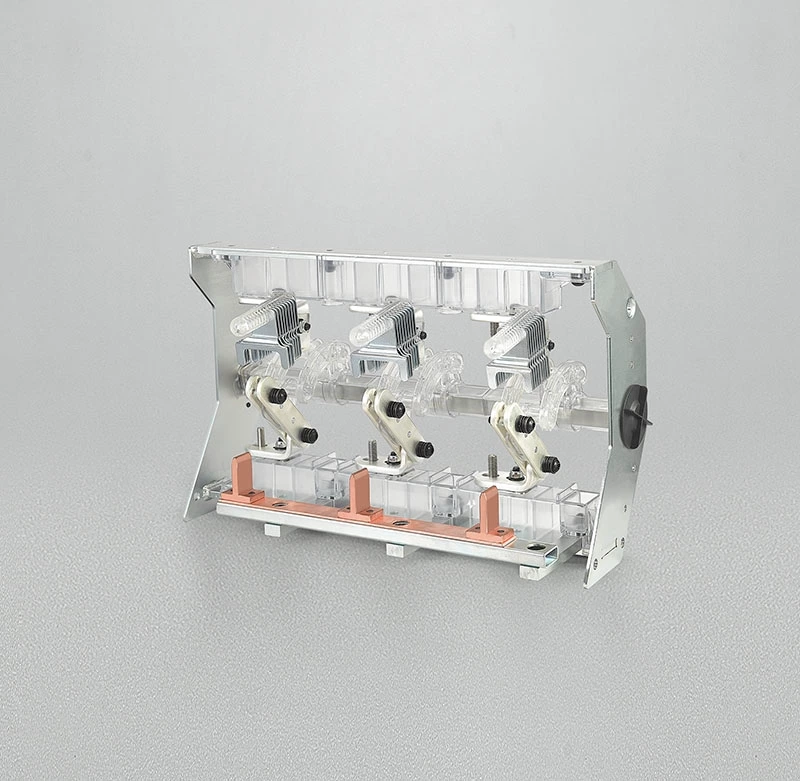Power Fittings Manufacturers Give Advice On The Causes And Hazards Of Cable Moisture Ingress
Friends who often come into contact with cables will know that once the cables are damp and water enters, the consequences will be disastrous. The following power fittings manufacturers will introduce to you the general causes and hazards of damp and water entering cables.
(1) When the new cable is shipped out of the factory, both ends are sealed with plastic sealing sleeves. However, after a section is used at the construction site according to the actual situation, the remaining part is simply wrapped with plastic cloth. Since it is usually placed in the open air and the sealing is not good, it is inevitable that water vapor will penetrate into the cable over time.
(2) When laying cables, it is necessary to cross roads, bridges, culverts, etc. Due to weather or other reasons, a lot of water often accumulates in the cable trench. During the laying process, it is inevitable that the cable head will be immersed in water. Water will enter the cable due to the loose or damaged plastic cloth. In addition, during traction and pipe threading, the outer sheath or even the steel armor may be scratched. This phenomenon is particularly prominent when mechanical traction is used.
(3) After the cable is laid, the cable head cannot be made in time due to the limitation of on-site construction conditions, so that the unsealed cable ends are exposed to the air for a long time, or even immersed in water, causing a large amount of water vapor to enter the cable.
(4) During the production process of cable heads (including terminal heads and intermediate joints), due to the negligence of construction workers, the newly processed cable ends sometimes accidentally fall into the accumulated water on site.
(5) In the normal operation of Gas filled cabinet, if a breakdown or other fault occurs for some reason, the accumulated water in the cable trench will enter the cable along the fault point; in civil construction, especially in construction sites using large construction machinery, cable damage or breakdown accidents caused by various human factors are also common. When such accidents occur, the cable insulation is severely damaged, which will also cause water ingress to the cable.
Studies have shown that after the cable enters water, under the action of the electric field, water tree aging will occur, which will eventually lead to cable breakdown. Water trees are a collection of gaps filled with water with a diameter of 0.1m to several microns. The impurities, pores in the insulation and the unevenness of the interface between the insulation and the inner and outer semi-conductive layers form the local high electric field area, which is the starting point of water tree. The water tree development process generally takes more than 8 years. The higher the humidity, temperature and voltage, and the more ions contained in the water, the faster the water tree develops.

